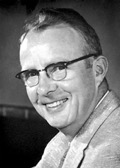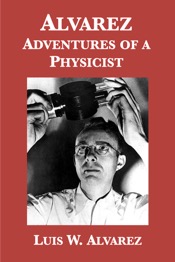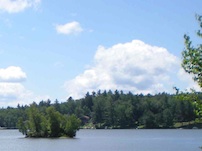
While working at MIT’s Radiation Laboratory in 1940-43, Alvarez developed what is now the ground-controlled approach (GCA) system for aircraft. He also worked at the Metallurgical Laboratory of the University of Chicago in 1943-44, and at Los Alamos on the Manhattan project in 1944-45. Alvarez won the Nobel prize in 1968 for his work developing liquid hydrogen bubble chambers that allowed scientists to take millions of photographs of particle interactions, to develop complex computer systems to measure and analyze these interactions, and to discover entire families of new particles.
Alvarez was involved in a project to “X-ray” Egyptian pyramids to search for unknown chambers. With his son, geologist Walter Alvarez, he developed the Alvarez hypothesis, which proposes that an asteroid impact caused the extinction of the dinosaurs.
Click on the cover for details about the eBook:




